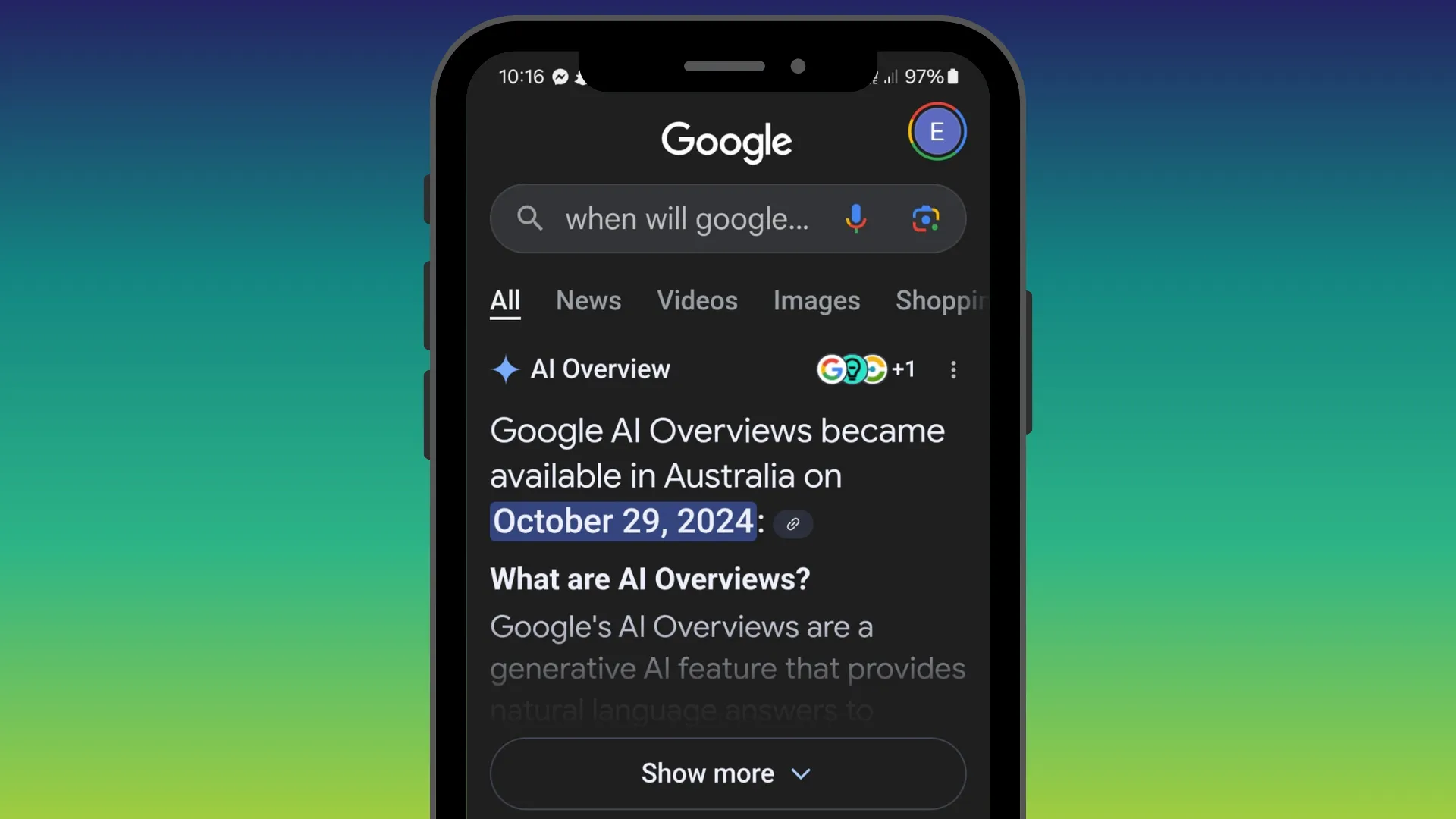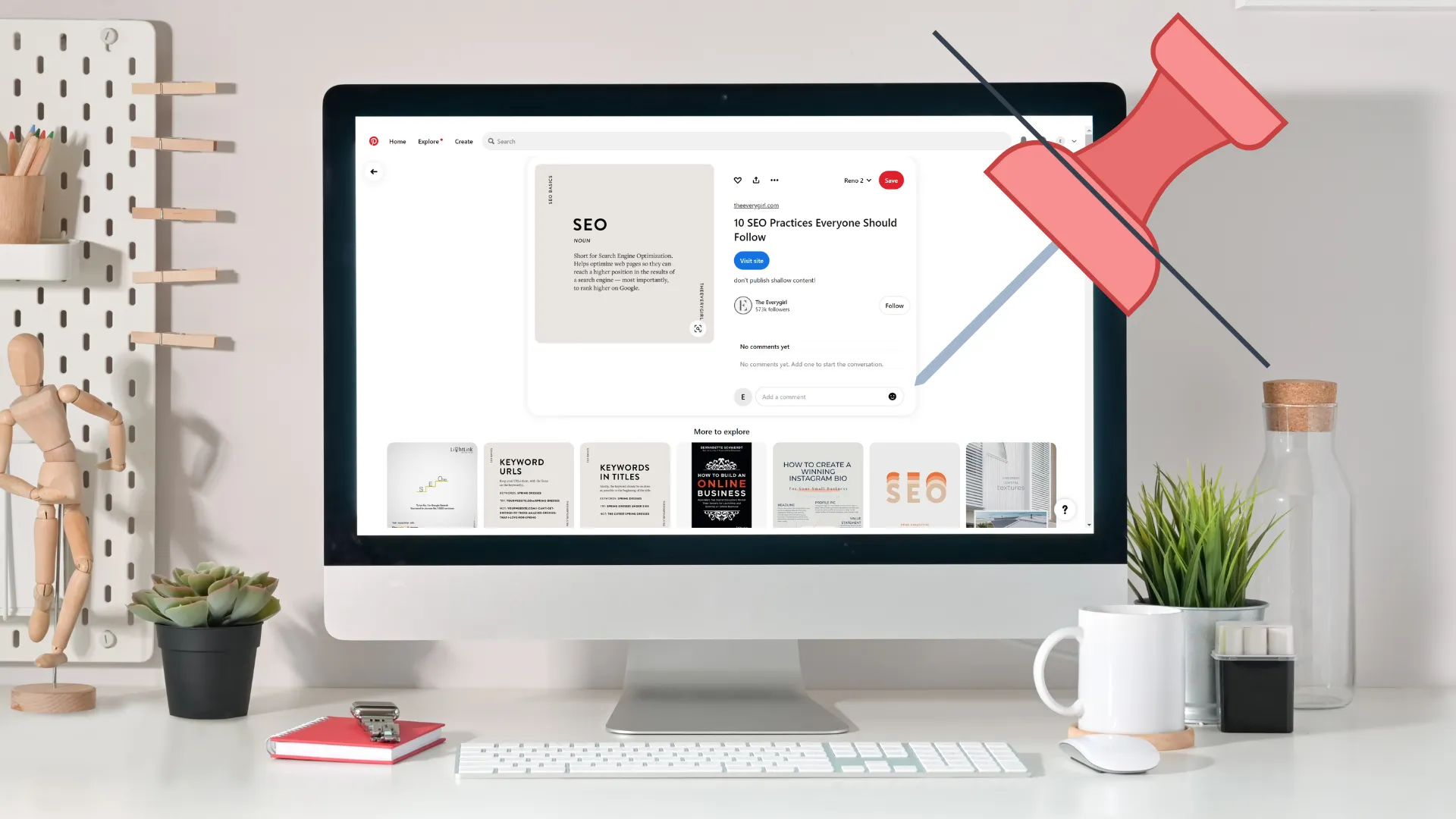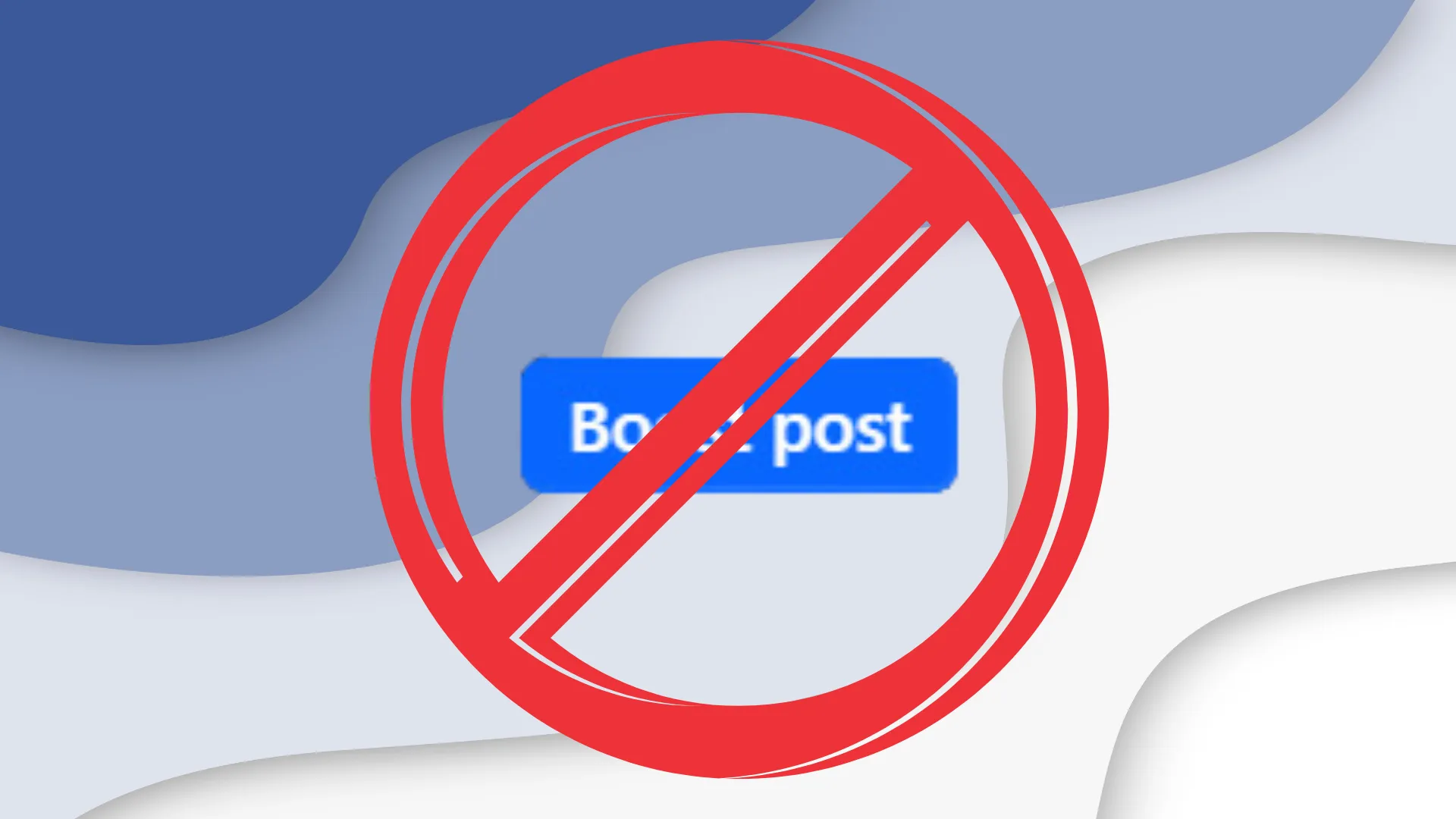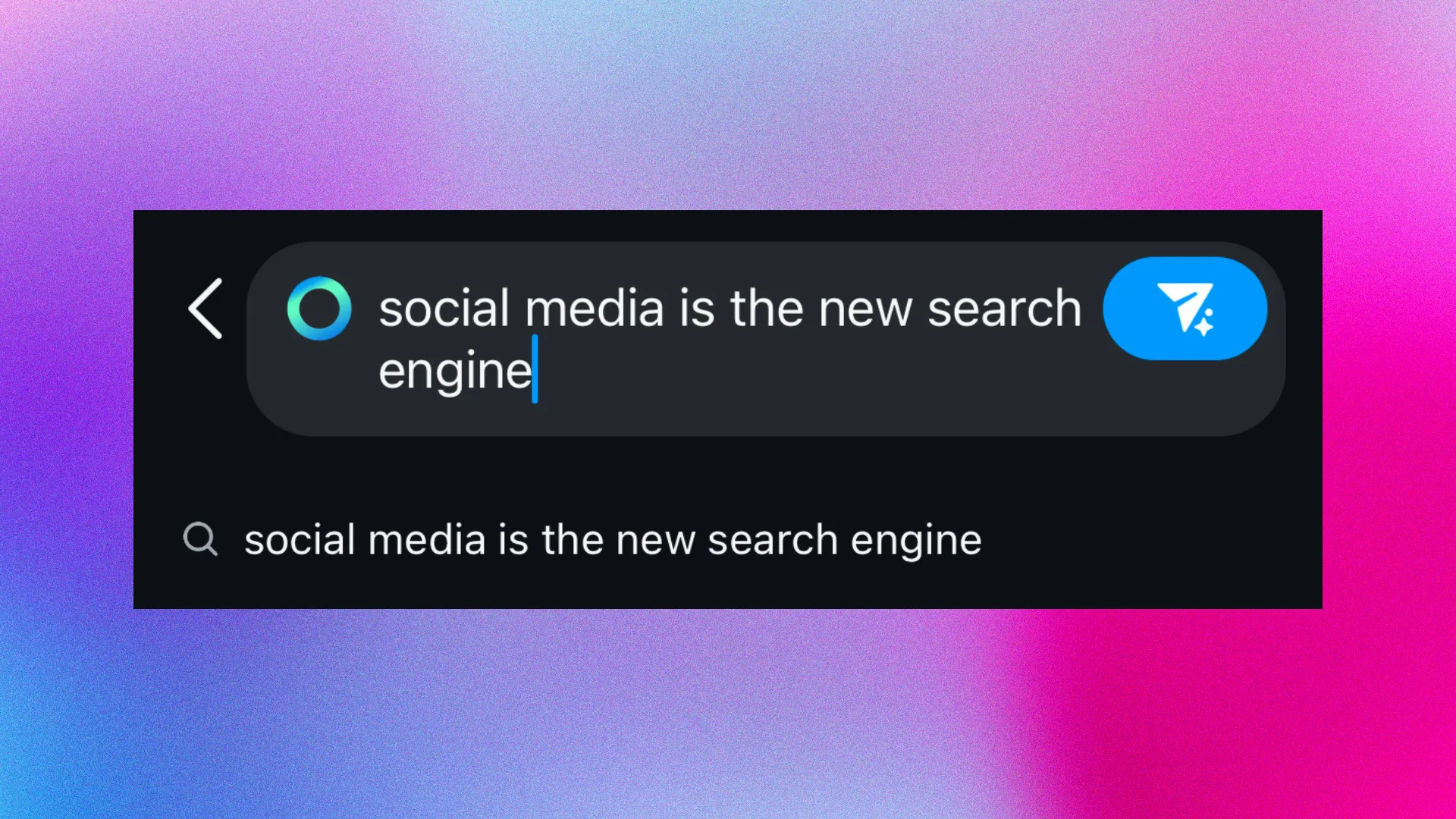It’s not your imagination – social media feels a little quieter these days. Posts that once racked up likes, comments and shares are now met with a polite silence. Marketers, brands and even meme accounts are feeling the slump.
This shift has a name: the Social Media Engagement Recession. But what exactly is it, why is it happening and how can brands adjust? Let’s break it down.
What is the Engagement Recession?
Let’s be clear: The recession isn’t about people leaving social media. In fact, usage is still high.
The issue is that audiences are far less responsive. The likes, reactions and conversations that once fueled online spaces are thinning out.
It’s like hosting a party where everyone shows up – but instead of dancing, they’re hanging out in the kitchen, half-engaged.
Where did the audience go?
The News Feed used to be the star of the show. Now it’s just background noise.
Instagram CEO, Adam Mosseri, says teens spend more time in DMs than Stories, and more time in Stories than in the feed. The spotlight has shifted from public spaces to private ones.
And it’s not just Instagram. Platforms like Discord, Telegram and Facebook Groups are exploding. In fact, Facebook Groups have more than 1.8 billion monthly users.
People are choosing smaller, safer spaces where they can connect without the noise of the feed.
Are users bored – or burned out?
Here’s the kicker: Audiences are still scrolling. They’re just not engaging.
Some call it boredom. Others point to content fatigue – the endless sea of sameness that makes everything blur together. Either way, attention is drifting.
Feeds have become wallpaper. Group chats are where the real action happens.

What does this mean for brands?
If you’re in marketing, this might sound like bad news: the most meaningful conversations are happening out of sight. Private chats, closed communities, invite-only servers.
But chasing your audience into these spaces isn’t always the answer. It can feel intrusive – like walking into a house party you weren’t invited to.
Instead, the smarter move is to ask: why did people leave the feed? And the answer is simple. People want genuine interaction, community and content that matters.
How to thrive in the Social Media Recession
The shift isn’t the end of social media – it’s a reset. Brands that adapt will come out stronger.
-
Be human: drop the polished jargon. Show personality and honesty.
-
Spark conversations: don’t just post and ghost. Ask questions, reply and engage back.
-
Narrow your focus: broad messaging blends into the noise. Speak directly to your niche.
-
Build community spaces: think private groups, exclusive content and interactive experiences.
-
Rethink metrics: forget vanity numbers. Smaller but deeper engagement is more valuable.
Take WhatsApp as an example. Ads are being introduced in the Status tab, and brands can now create Promoted Channels. In many parts of the world, WhatsApp isn’t just for chatting – it’s the news feed, the family group and the local marketplace all rolled into one. For brands, this creates fresh opportunities without invading personal messages.
So is the Social Media Engagement Recession real?
Absolutely it is, but it’s also not a death sentence for digital marketing. It’s a chance to reimagine it.
Audiences haven’t disappeared. They’ve just moved into different spaces, craving connection over noise and conversation over vanity likes.
The brands that win in this new era will be the ones that listen, adapt and bring authenticity back to the table.
The recession isn’t an ending. It’s a reset – and to be honest, maybe that’s exactly what social media needed.

Google’s new search feature, AI Overviews, has recently launched in Australia, transforming how we interact with search engines. With AI-generated summaries now appearing directly in search engine [...]

When you think about it, Pinterest is not really a social media platform but more of a search engine. While it does allow users to follow and [...]

One of our biggest takeaways from State of Social 2024 was the evolution of zero-click searches and the impact it will have on the way we do [...]

Have you noticed a drop in engagement on your brand’s Instagram posts? Likes not flowing as much as what they used to? The good news is you’re [...]

Last week, Facebook announced a major update: 'Views' will now replace impressions as the primary metric for posts and Stories. This change aligns with Instagram's recent metric [...]

It’s the second week of November, and Black Friday promotions are in full swing; emails, ads, organic posts. But, how many of these promotions are you actually paying [...]

Google’s new search feature, AI Overviews, has recently launched in Australia, transforming how we interact with search engines. With AI-generated summaries now appearing directly in search engine [...]

TikTok can be polarising. Those who use it, love it. Those who don’t often find it confusing or aren’t sure how it could fit into their social media [...]

We’ve been geeking out over our latest Audience Intelligence Reports which rolled out to our clients over the last two weeks. Separate from our monthly digital marketing [...]

When you think about it, Pinterest is not really a social media platform but more of a search engine. While it does allow users to follow and [...]

When a social media post starts gaining traction, you’ll often receive prompts from the platform encouraging you to reach a wider audience by boosting the post. A [...]

In our last article, we explored the rise of zero-click searches and its impact on how we find information online. This shift in user behaviour has also [...]

One of our biggest takeaways from State of Social 2024 was the evolution of zero-click searches and the impact it will have on the way we do [...]

Have you noticed a drop in engagement on your brand’s Instagram posts? Likes not flowing as much as what they used to? The good news is you’re [...]

